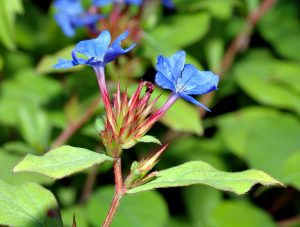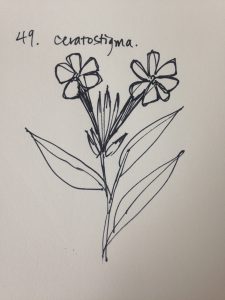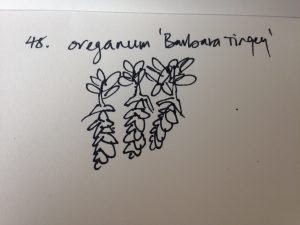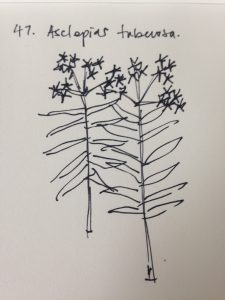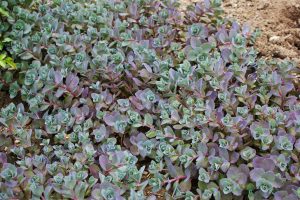
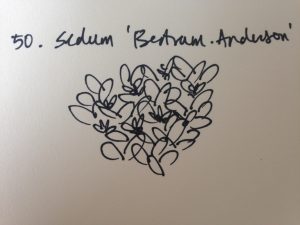
(image from google images)
Common name: Bertram Anderson stonecrop
Size, form, texture: bushy herbaceous perennial up to 20 cm in height, spread 0.1-0.5 m.
Hardiness, origin, native ecology: zone 7, south or east facing, prefer moderately fertile, well drained soil in full sun.
Bud, foliage, flower and fruit characteristics: rounded, fleshy purplish grey leaves, heads of rosy red flowers, bloom in summer and early autumn, succulent stems and leaves, clusters of small star shaped flowers.
Cultural and maintenance requirements and appropriate uses in the landscape: Good for flower borders and beds, garden city edging, courtyard gardens, container plants, rock garden coastal gardens, informal gardens.

